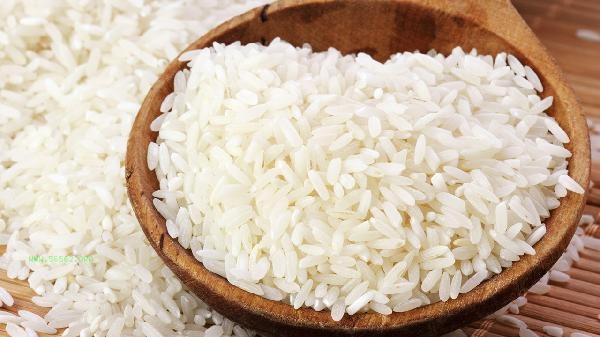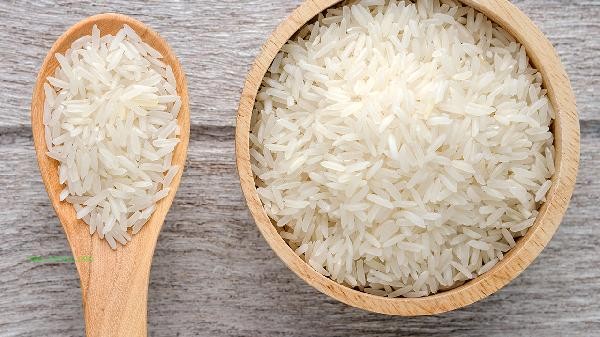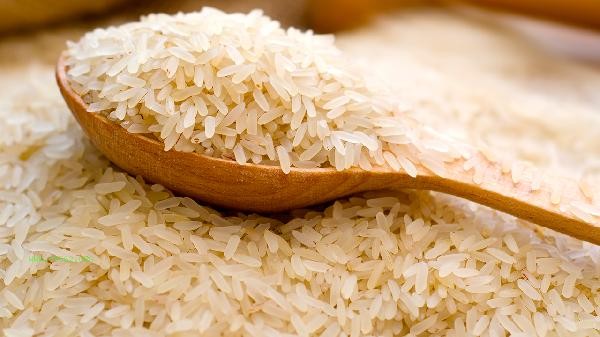The taste preference of white rice and rice varies from person to person, mainly depending on the processing method and cooking habits. After being finely ground, white rice has a more delicate and soft texture. Rice retains more dietary fiber and nutrients, but its texture is slightly rougher.

The advantage of white rice is that the outer bran and germ are removed during processing, the starch structure is easier to gelatinize, the viscosity is moderate and the grains are clear after cooking, which is suitable for making sushi, Fried Rice and other dishes that need clear grains of rice. Due to the removal of most crude fibers, white rice is easier to digest and absorb, making it more friendly to people with weaker gastrointestinal function. However, precision processing leads to significant loss of nutrients such as vitamin B1 and magnesium, and long-term consumption alone may increase the risk of nutritional deficiency.

Rice usually refers to brown or semi brown rice, which retains the germ and some bran, and contains richer B vitamins, vitamin E, as well as minerals such as zinc and selenium. These nutrients help maintain nervous system function and antioxidant capacity. The dietary fiber in brown rice can slow down the rise of blood sugar, which is more suitable for patients with diabetes. However, the harder outer structure requires longer soaking and cooking time, and has a slower digestion rate, which may cause bloating in sensitive gastrointestinal patients.

Two types of rice can be alternately consumed in daily diet. White rice is suitable for pairing with high protein dishes to improve overall digestion, while rice is suitable for pairing with vegetables to enhance satiety. For special groups such as diabetes patients, brown rice is recommended, and patients in recovery period after surgery can temporarily choose white rice. Regardless of which type of rice is chosen, attention should be paid to controlling a single intake of 150-200 grams and pairing it with sufficient vegetables and high-quality protein foods to ensure nutritional balance.








Comments (0)
Leave a Comment
No comments yet
Be the first to share your thoughts!